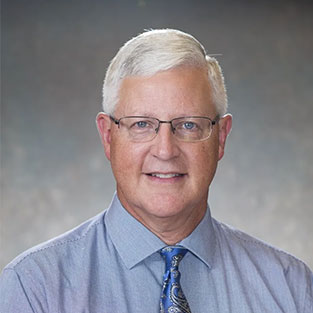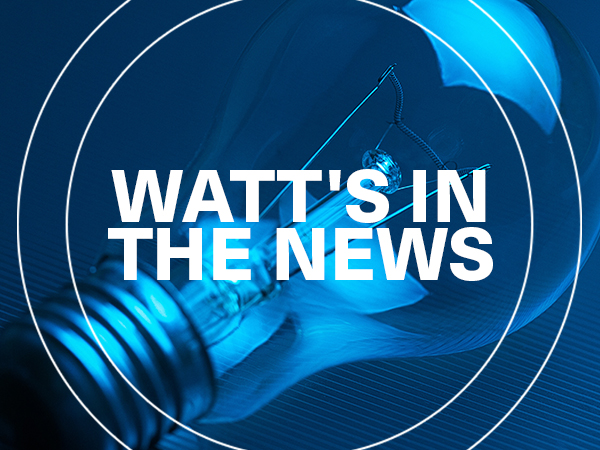Currently, utility companies set limits on the flow of electric power based on seasonal statistics from previous years. This new technology could allow for short term increases in power when needed without fear of overloading the electrical grid. These sensors can be thought of as speedometers that measure the speed of power moving through the high voltage transmission lines.
Installing sensors such as these may also be a money-saving option because they are cheaper than constructing new transmission lines. Helping to save money and time will certainly draw attention to this technology from grid operators across the United States. Getting more value out of the existing power grid by installing sensors seems like an easy solution to gain better control over where and when we increase power availability. Look for this grid enhancing technology to soon be found on transmission lines across the country. It is new innovations like this that make our power grid more economical and reliable for all of us.

Meet Dan Whisler, Trane Educator in Residence













































































